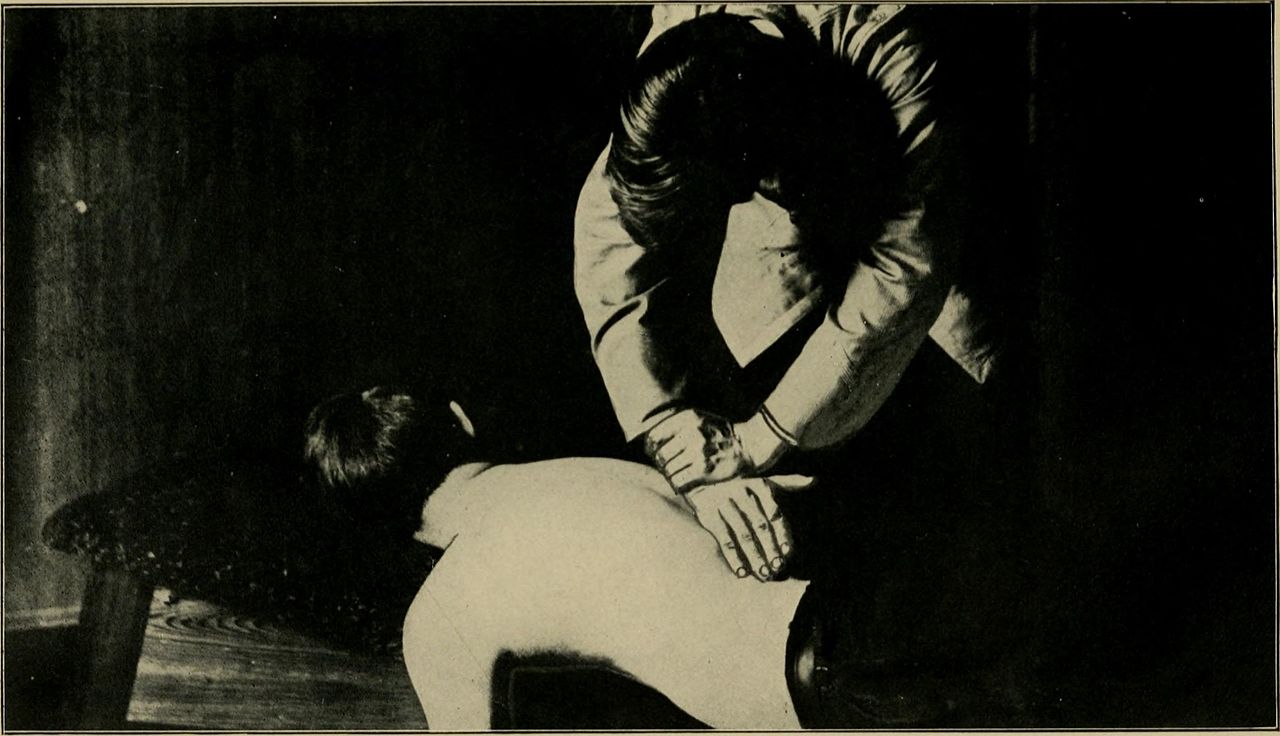How low can Oprah Winfrey go? Promoting faith healer John of God to the masses
Several of the bloggers on Science-Based Medicine have been — shall we say? — rather critical of Oprah Winfrey. The reason, of course, is quite obvious. Oprah is so famous that if you mention her first name nearly everyone will know exactly of whom you speak. For the last quarter century, her daytime TV talk show has been a ratings juggernaut, leading...
Nosodes Redux: “I hate those meeces to pieces!”
Life and medicine generate facts and experiences that require conceptual frameworks that aid in understanding. It is no good have a pile of facts if they cannot be understood within a broader understanding. The practice of Infectious Diseases, while certainly aided by understanding anatomy, physiology, microbiology, chemistry and the other sciences that form the core of medicine (referred to in Medical School...

The DC as PCP?
Subluxation-free chiropractic? The long-simmering internecine wars among various factions of chiropractic recently reached a full boil when the Council on Chiropractic Education (CCE) had the audacity to eliminate the word “subluxation” from its draft 2012 “Standards for Doctor of Chiropractic Programs.” The CCE is the official U.S. Department of Education-approved accreditation agency for chiropractic colleges. It intends to adopt the revised Standards...
Homeopathy and the Selling of Nonspecific Effects
One of the core features of science (and therefore science-based medicine) is to precisely identify and control for variables, so that we know what, exactly, is exerting an effect. The classic example of this principle at work is the Hawthorne effect. The term refers to a series of studies performed between 1924 and 1932 at the Hawthorne Works. The studies examined whether...
Dabigatran: A Promising Alternative to Warfarin
On October 19, 2010, the FDA approved a long-awaited new drug, dabigatran, expected to replace warfarin (Coumadin) as a better way to prevent blood clots in susceptible patients. This provides an opportunity to re-visit several issues that we have addressed before, including Big Pharma tactics, drug approval by the FDA, deciding what is adequate evidence, applying science to clinical practice, and making...
Homeopathy for fibromyalgia: The Huffington Post bombs again
Over the weekend, my wife and I happened to be in the pharmacy section of our local Target store. We happened to be looking for one of our favorite cold remedies, because both of us have been suffering from rather annoying colds, which have plagued both of us for the last week or two. As we perused the Cold and Flu section...
Of SBM and EBM Redux. Part I: Does EBM Undervalue Basic Science and Overvalue RCTs?
During the most recent kerfuffle about whether or not Evidence-Based Medicine can legitimately claim to be science-based medicine, it became clear to me that a whole, new round of discussion and documentation is necessary. This is frustrating because I’ve already done it several times, most recently less than a year ago. Moreover, I’ve provided a table of links to the whole series...
CAM and the Law Part 2: Licensure and Scope of Practice Laws
This post is intended to illustrate a bit about how medicine, including alternative medicine, is defined and limited legally by state licensure. This is, of course, an enormous topic, especially given the variety of laws and regulations among the 50 states and District of Columbia, and the many, often mutually inconsistent, court decisions interpreting them. A comprehensive survey would resemble Gibbon’s history...
Vitamin E and Stroke
One of the recurrent themes of science-based medicine is that any medical intervention that can plausibly cause physiological benefit can also plausibly cause physiological harm. There is no such thing as “it can’t hurt.” Sometimes the risk may be minuscule – but we should never assume that it is zero. Being “natural” or “holistic” or being blessed with some other alleged marketable...
Chronic Pain: A Disease in its Own Right
Melanie Thernstrom has written a superb book based on a historical, philosophical, and scientific review of pain: The Pain Chronicles: Cures, Myths, Mysteries, Prayers, Diaries, Brain Scans, Healing, and the Science of Suffering. Herself a victim of chronic pain, she brings a personal perspective to the subject and also includes informative vignettes of doctors and patients she encountered at the many pain...





